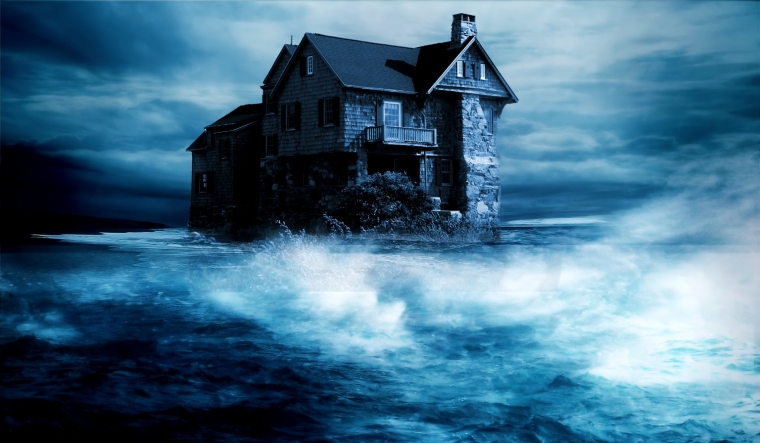
The Earthquake Commission (EQC) has become the Natural Hazards Commission Toka Tū Ake in order to be better prepared when it comes to recovering from a range of natural hazards, not just earthquakes.
This change is part of the new Natural Hazards Insurance Act, effective from 1st of July which is aimed at representing the broad spectrum of natural hazards covered by the Commission, including tsunami, landslides, volcanic activity, earthquakes, and geothermal events.
The Natural Hazards Commission says the Government has run its natural hazards insurance scheme for nearly 80 years, covering damage to insured properties from different natural hazards.
The new Act, passed in February 2023 under the previous Labour government, keeps the coverage mostly the same but clarifies entitlements and improves the claims process for homeowners.
Chief Executive Tina Mitchell says the Commission exists to reduce the impact of natural hazards across New Zealand.
“The new Act reinforces and strengthens this role, and modernises our governing legislation to ensure we are better set up to meet the needs of homeowners now and in the future.”
Mitchell said the Act simplifies claims for damage and means homeowners will have increased cover for mixed-use buildings like apartments in commercial spaces.
The country is “highly exposed” to many natural hazards – like earthquakes and volcanoes – as well as rising sea levels and more severe weather from climate change.
“Improvements to the scheme are timely as we see the impacts of a changing climate and the possibility of more extreme weather events in the years to come,” Mitchell said.
The Government announced in May that the Finance and Expenditure Committee has been given the job of deciding how NZ will handle the risks and costs of future extreme weather events.
All parties in Parliament voted to start a select committee inquiry into climate adaptation to develop objectives and principles for an adaptation framework.
Climate Change Minister Simon Watts said at the time the framework would outline how the Government plans to share the costs of preparing for climate change impacts.
According to the Commission, the Natural Hazards Insurance Act incorporates recommendations from the Public Inquiry into EQC and lessons learned from the experience of Canterbury homeowners.
Associate Finance Minister David Seymour echoed this on Monday.
“These changes have been informed by events like the Christchurch earthquake and recommendations from the Public Inquiry into EQC, as well as feedback provided from the experience of claimants,” he said.
“Unfortunately, Kiwis have suffered through their fair share of adverse events in recent years. Our resilience shines through in these situations, but it is also an opportunity for the Government to learn and improve processes.”
In February, Seymour was revealed to be the new minister responsible for EQC in the new National-Act-NZ First Coalition Government – even though Seymour’s office thought it was someone else.
On Monday, Seymour announced that he had released the first Funding and Risk Management Statement (FRMS) for the Natural Hazards Commission.
This statement outlines how financial and levy settings are determined and how the cost of claims will be shared between the Natural Hazard Fund and the Crown, he said.
“In order to effectively manage and fund claims arising from natural hazards I have asked the Treasury to undertake a review of the financial settings and levy settings.”
The EQCOver premium or levy is collected by private insurers and then paid into the Natural Disaster Fund (NDF) and the Crown Guarantee – both of which are managed by EQC, now the Natural Hazards Commission.
The premium is 16 cents per $100 of the EQCover amount, up to a maximum amount of $480.
“The review will consider the current and possible future financial position of the fund and the overall financial position of the Crown,” Seymour said.
“Decisions on any future changes to the levy will depend on the outcome of the review. The current levy remains in place and is backed by a statutory government funding guarantee so Kiwis have certainty their successful claims will pay out.”
3 Comments
I probably should find out more, but this sounds very much like a part of managed retreat but by stealth.
does retreat mean move to Aussie?
Given our predisposition for building in natural hazard zones, the rename is kind of aligning description with reality.
At a guess movement will be towards higher compulsory levies for a government agency to reduce our vulnerability to insurance companies who want to make a profit - and can go under. I just hope to god the funds are made independent, managed by adults and not simply hoovered up in to the consolidated central funds.

We welcome your comments below. If you are not already registered, please register to comment
Remember we welcome robust, respectful and insightful debate. We don't welcome abusive or defamatory comments and will de-register those repeatedly making such comments. Our current comment policy is here.